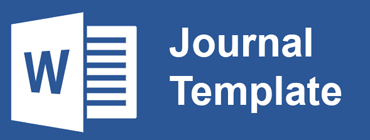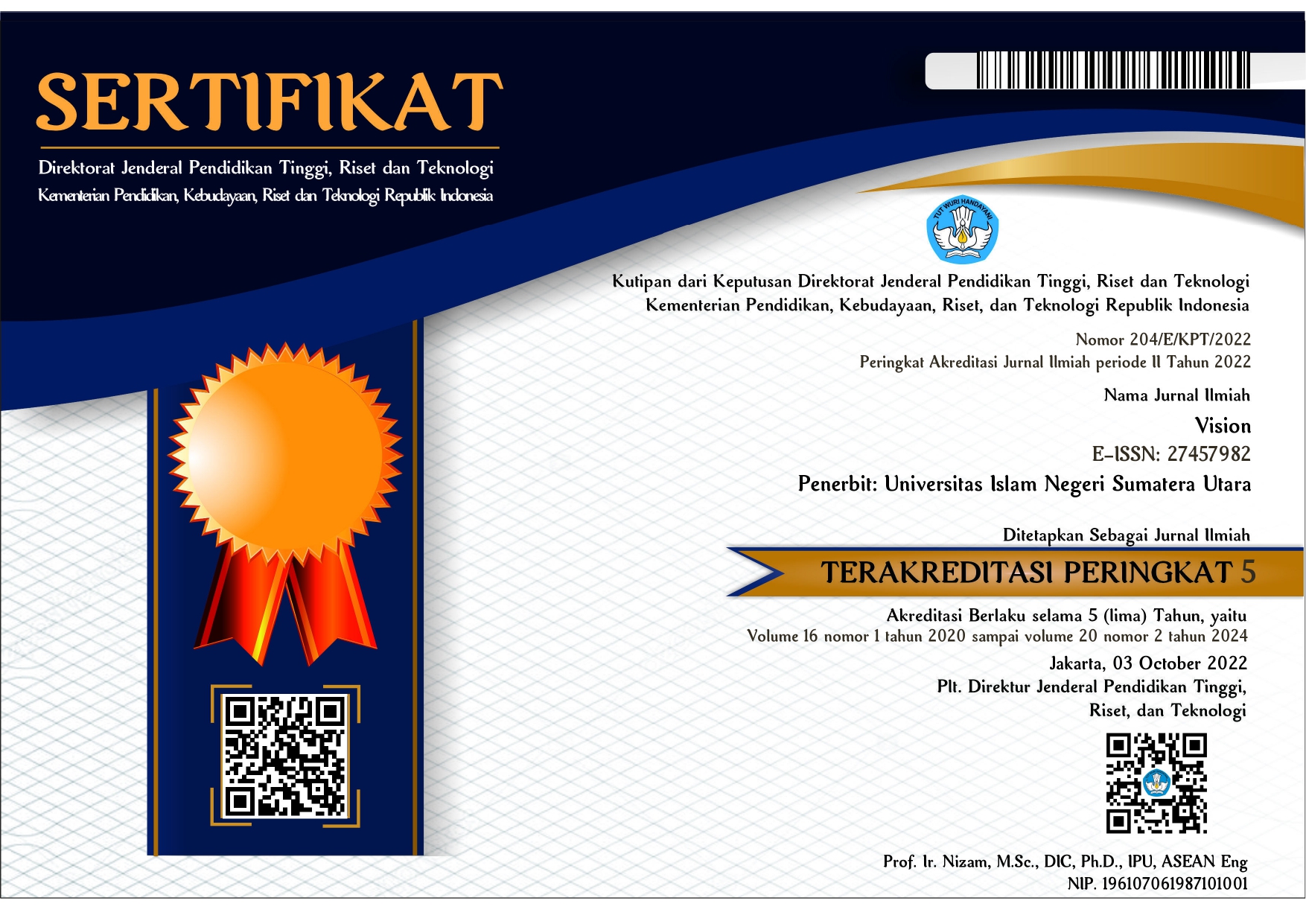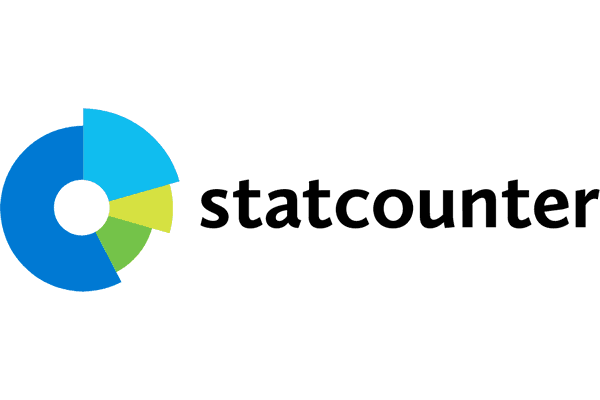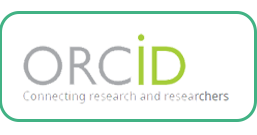EXPLORING STUDENTS' PERCEPTIONS OF GRAMMARLY AS A TOOL FOR ENHANCING GRAMMAR ACCURACY IN WRITING
Abstract
Full Text:
PDFReferences
Ananda, M., Nisa, R., & Safura, S. (2021). Students’ perceptions toward the use of Grammarly in checking grammar in assignments. ACCENTIA: Journal of English Language and Education, 1(2), 72-77.
Brinton, L. J. (2000). The structure of modern English: A linguistic introduction (Vol. 1). John Benjamins Publishing.
Brokaw, G. (2022). Homo Alphabeticus, Glottographic Exceptionalism, and the Ethnocentric Definition of Writing. PMLA, 137(1), 163-170.
Carter, N., Lukosius, D. B., Dicenso, A., & Blythe, J. (2014). The Use of Triangulation in Qualitative Research. Oncology Nursing Forum, 545-547.
Creswell, J. W. (2012). Educational research: Planning, conducting, and evaluating quantitative and qualitative research. Pearson Education, Inc..
Doré, S., Terriault, P., & Belleau, C. (2019). GATHERING THE VOICE OF THE STUDENTS FOR ACCREDITATION PURPOSES THROUGH THEIR DEFINITION OF “ENGINEER”. Proceedings of the Canadian Engineering Education Association (CEEA).
Fitriana, K. & Nurazni, L. (2022). Exploring English Department Students’ Perceptions on Using Grammarly to Check the Grammar in their Writing. Journal of English Teaching. 8(1).
Ghosh, S., Brooks, B., Ranmuthugala, D., & Bowles, M. (2020). Investigating the correlation between students’ perception of authenticity in assessment and their academic achievement in the associated assessment tasks. Journal of Navigation, 74, 293 - 310.
Karyuatry, L. (2018). Grammarly as a tool to improve students’ writing quality: Free online proofreader across the boundaries. JSSH (Jurnal Sains Sosial dan Humaniora), 2(1), 83-89.
ONeill, R., & Russell, A. (2019). Stop! Grammar time: University students’ perceptions of the automated feedback program Grammarly. Australasian Journal of Educational Technology, 35(1).
Oktaviani, S., Bahrani, B., & Noor, W. N. (2023). STUDENTS’PERCEPTION TOWARDS THE USE OF GRAMMARLY IN ENGLISH WRITING SKILL OF FOURTH SEMESTER ENGLISH EDUCATION DEPARTMENT AT UINSI SAMARINDA IN THE ACADEMIC YEAR 2021/2022. Jurnal SIPPG: Sultan Idris Pendidikan Profesi Guru, 1(1), 135-159.
Pachpor, R., Athavale, N., & Dabadghav, R. (2021). Perception and Awareness of Physiotherapy in Junior College Students. International Journal of Health Sciences and Research.
Permadi, A. (2014). INVESTIGATING STUDENTS’WRITING PROCESS IN DESCRIPTIVE WRITING (A case study in one state university in Bandung) (Doctoral dissertation, Universitas Pendidikan Indonesia).
Pratama, Y. D. (2021). The investigation of using Grammarly as online grammar checker in the process of writing. English Ideas: Journal of English Language Education, 1(2).
Purwanto. (2018). Techniques for preparing validity and reliability test instruments for Islamic economic research (1st ed.). Magelang: Staial Press.
Putri, H. S., & Fitrawati, F. (2020). An Error Analysis on the Use of Gerund by the Second Year Students of English Department of Universitas Negeri Padang. Journal of English Language Teaching, 9(1), 315-324..
Rieger, K. (2020). Intercultural Communication: Providing a Working Definition of Culture and Reexamining Intercultural Components in Technical Writing Textbooks. Journal of Technical Writing and Communication, 52, 135 - 165.
Richards, J., & Schmidt, R. W. (2010). L ongman Language Teaching & Applied Linguistics (Fourth).
Weaver, C. (1996). Teaching Grammar in Context. Boynton/Cook Publishers, Inc., 361 Hanover Street, Portsmouth, NH 03801-3912.
Yule, G.(2006). The study of a language. New York : Cambridge University Press.
DOI: http://dx.doi.org/10.30829/vis.v20i2.4192
Refbacks
- There are currently no refbacks.
Copyright (c) 2024 VISION
















